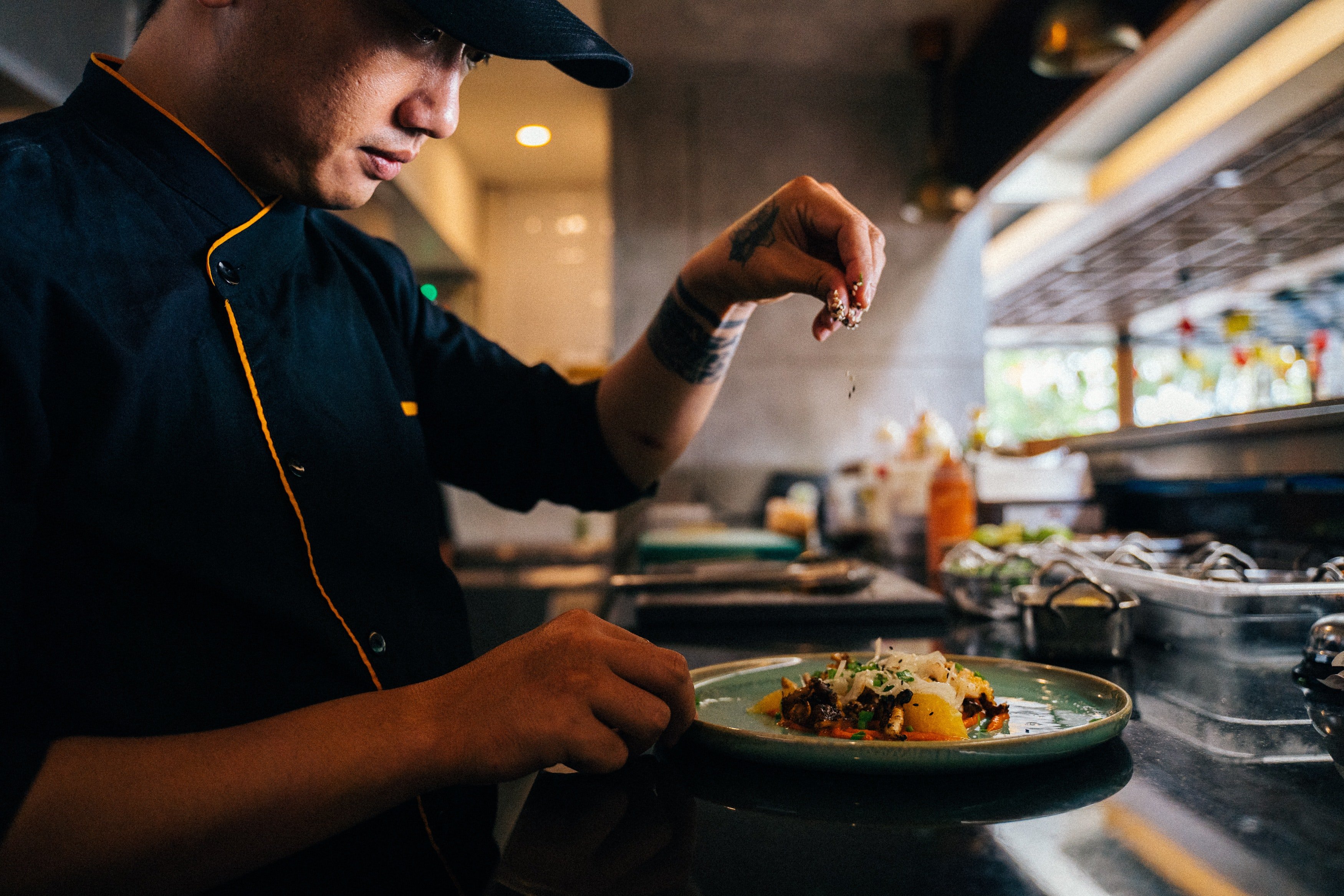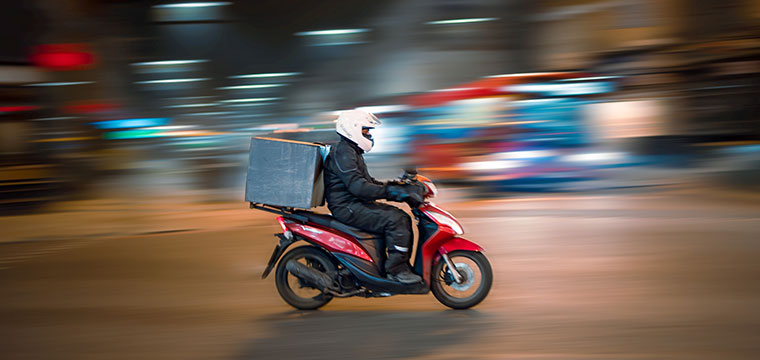In the post-pandemic world, cloud kitchens have become a predominant force in the market. We’ll look at how cloud kitchens changed the landscape of the F&B industry.
Cloud Kitchens & Technology in the Food and Beverage Industry
Did you know that take-out food has been part of human civilization ever since the Roman Empire? In fact, salad bars and fast food were invented by the Romans. And, in modern times, food delivery and take-out are as prevalent as ever.
But the technology has evolved a lot since Romans operated their own fast-food restaurants. In fact, some restaurants don’t even have a location these days. In a post-pandemic world, food delivery and cloud kitchens have become one of the predominant drivers of the F&B industry. In fact, the global ghost kitchen industry is expected to grow more than 12% each year to be worth some $139.37 billion by 2028.
In a world that practically runs on the internet, cloud kitchens and delivery are becoming more and more important to our everyday lives. For example, a good chunk of our meals are sourced from services like Food Panda or GrabFood.
Case in point, a survey conducted in 2021 showed that 23% of Filipinos order take-out at least 2 times a week. Add to that, 12% of Filipinos have take-out at least 3 times a week.
To get an idea of how cloud kitchens are becoming the driving force of the F&B industry, let’s take a look at how they work and how cloud kitchens and technology kept the F&B industry running during the COVID-19 pandemic.
What Are Cloud Kitchens?
A cloud kitchen is a collection of restaurants that centralize their kitchens into a single location. Cloud kitchens can range from two to a dozen restaurants fulfilling orders from a single location. Sometimes these restaurants also have brick-and-mortar locations, often, these are simply brands that offer a menu through delivery only.
In a cloud kitchen, the menu is specifically designed to optimize food production, food quality, and ease of delivery. To aid the process, cloud kitchens will usually include driver parking and waiting areas. Furthermore, they often include check-in stations that neatly process orders and assign drivers to promptly deliver customer meals, in order to streamline work.

Image from Pexels
Add to that, cloud kitchens will usually provide apps to better serve their customers. Through the app, customers can order items, choose payment methods, and track their orders. One example of a company thriving on this model is Kraver’s Canteen. They’ve been pioneering cloud kitchen technology and are helping bring it to more restaurant owners in the Philippines.
“Brands that can tap into the digital space will continue to expand a lot quicker. They’re the ones who will be able to reach the rest of the Philippines faster and expand beyond the borders of NCR. So, really, I see cloud kitchens as an expansion tool for brands that are looking to grow.”—Victor Lim, Kraver’s Canteen
In the last few years, cloud kitchens have provided customers with a convenient way to get their meals. This made them not just attractive, but indispensable during the COVID-19 pandemic.
The Technology Driving Cloud Kitchens
Now that we know what constitutes a cloud kitchen, let’s take a deep dive into the future prospects of cloud kitchens and how technology plays an integral role. Here are 3 major changes in technology that are helping drive the increase in popularity of cloud kitchens in the Philippines and beyond.
#1 – Point-of-Sale (POS) Systems
A standard brick-and-mortar restaurant can make do with a cash register. But, cloud kitchens can’t settle with just a cash register.
With the digital nature of cloud kitchens, they need a state-of-the-art POS system. At the very least, a cloud kitchen POS system needs to be able to accept and collect orders from each brand under the cloud kitchen.
However, with more robust systems, cloud kitchens can have additional features such as integration with 3rd party delivery apps like Foodpanda and Grab, improved customer relationship management, inventory organization, and sales tracking.
#2 – Kitchen Display Systems (KDS)
Cloud kitchens need to be fast and efficient when preparing orders. Unlike a restaurant that has table turnovers to consider, a cloud kitchen can potentially have orders coming in continuously. Because of this, cloud kitchens need to have systems that facilitate preparing orders.
This is where a KDS comes in. Instead of staff having to communicate with one another to start preparing ingredients and cooking orders, a KDS provides a display that relays details to the kitchen staff. Furthermore, a KDS allows better communication for specific order preparation. For example, when a customer has dietary needs or allergies that need to be addressed when preparing their order.
With a KDS system, cloud kitchens can operate far more efficiently.
#3 – AI and Automation
Machine learning and robotics are becoming staples in every industry. And it’s safe to say that cloud kitchens are looking to invest in AI technology.
Take, for instance, Picnic the pizza-making robot. Picnic can prepare and cook pizzas without human intervention. Applying technology like this to cloud kitchens can optimize how the cloud kitchen operates. With tools like Picnic, cloud kitchens potentially decrease costs by reducing the required staff.
And Picnic is just a single example of applying AI and automation to cloud kitchens. When AI is introduced into other facets of cloud kitchen management, such as the POS system and inventory management, the industry will only see further improvement.
Cloud Kitchens: A Good Alternative (or Addition) to Brick and Mortar Restaurants
With the recently increased embrace of the cloud kitchen model, improvement of restaurant technology and the accessibility of the internet for customers, restaurants have managed to bounce back despite travel restrictions and social distancing regulations.
Cloud kitchens allowed restaurant businesses to thrive even during the height of the pandemic and now can continue to help the industry grow beyond pre-pandemic levels.
And if you’re on a tight budget, having a cloud kitchen can be a great way for you to test the waters or make a name for yourself in the F&B Industry. With proper planning and research, a cloud kitchen can be a potential avenue to cost-effectively expand your brand.
Contact us now to see how our cloud-based POS can help your cloud-based kitchen or restaurant.
